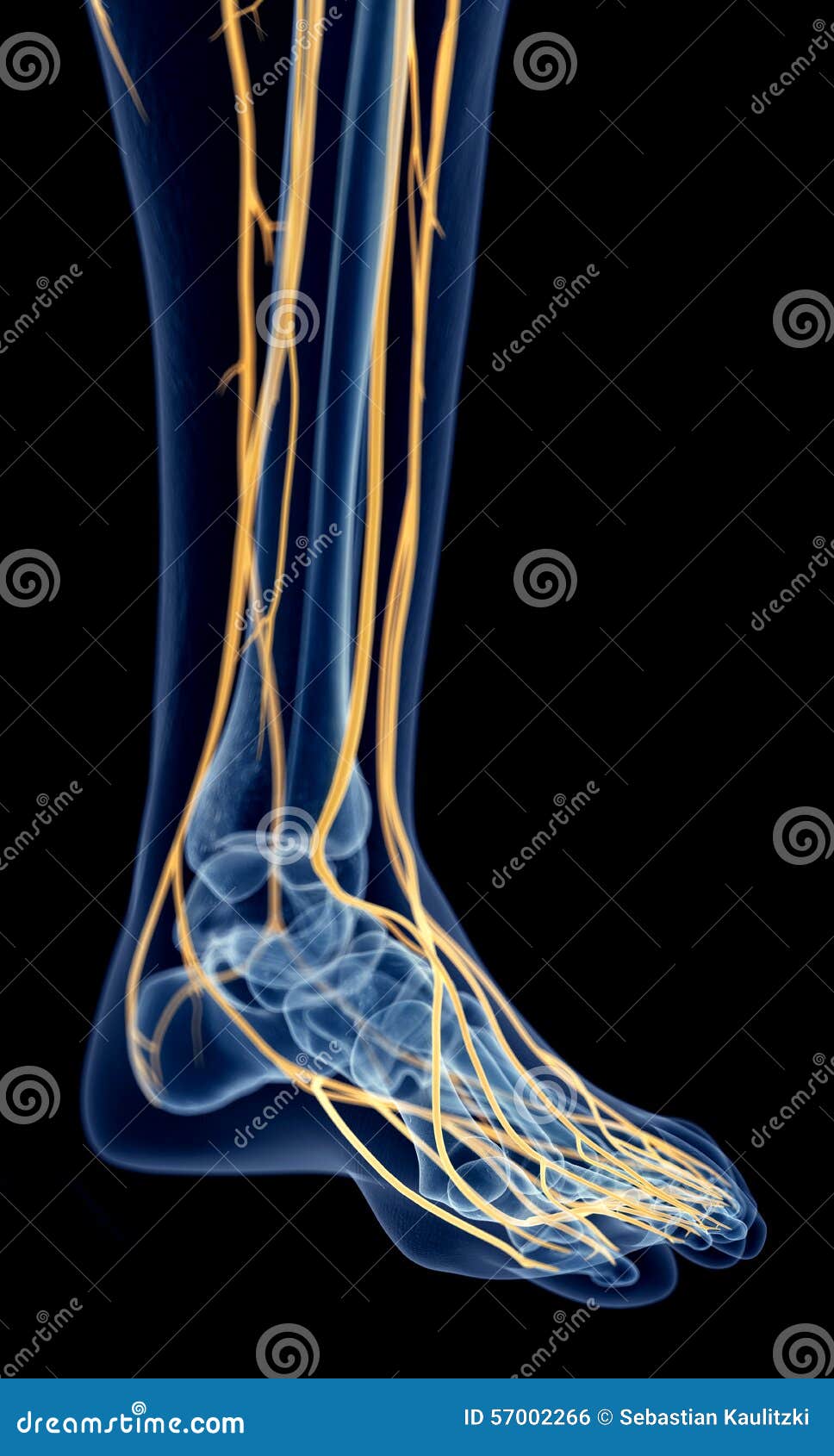
Rochester (NY): University of Rochester Medical Center c2019.
University of Rochester Medical Center. You Are Scheduled For An Electrodiagnostic Study (NCS/EMG). Salt Lake City: University of Utah Health c2019. Gainesville (FL): University of Florida Health c2019. UF Health: University of Florida Health. Department of Health and Human Services Motor Neuron Diseases Fact Sheet. National Institute of Neurological Disorders and Stroke. Quick Facts: Electromyography (EMG) and Nerve Conduction Studies. Guillain-Barré syndrome: Symptoms and causes 2019 Oct 24. Mayo Foundation for Medical Education and Research c1998–2019. Charcot-Marie-Tooth disease: Symptoms and causes 2019 Jan 11. Amyotrophic lateral sclerosis: Symptoms and causes 2019 Aug 6. Philadelphia: Wolters Kluwer Health, Lippincott Williams & Wilkins c2014. Brunner & Suddarth's Handbook of Laboratory and Diagnostic Tests. If you have questions about your results, talk to your health care provider. It affects all the muscles you use to move, speak, eat, and breathe. This is a progressive, ultimately fatal, disorder that attacks nerve cells in your brain and spinal cord. Amyotrophic lateral sclerosis (ALS), also known as Lou Gehrig's disease. Charcot-Marie-Tooth disease, an inherited disorder that causes nerve damage, mostly in the arms and legs. 
Muscular dystrophy, an inherited disease that seriously affects muscle structure and function.
 Myasthenia gravis, a rare disorder that causes muscle fatigue and weakness. Most people recover from the disorder after treatment It can lead to numbness, tingling, and paralysis. Guillain-Barré syndrome, an autoimmune disorder that affects the nerves. This puts pressure on the spine, causing pain and numbness Herniated disc, a condition that happens when a part of your spine, called a disc, is damaged. It's usually not serious, but can be painful. Carpal tunnel syndrome, a condition that affects nerves in the hand and arm. Depending on which muscles or nerves are affected, it may mean one of the following: If your results were not normal, it can indicate a variety of different conditions. If you are having both tests, the nerve conduction study will be done first. The speed of the response is called the conduction velocity. Your provider will record the time it takes for your muscle to respond to the nerve signal. This may cause a mild tingling feeling.
Myasthenia gravis, a rare disorder that causes muscle fatigue and weakness. Most people recover from the disorder after treatment It can lead to numbness, tingling, and paralysis. Guillain-Barré syndrome, an autoimmune disorder that affects the nerves. This puts pressure on the spine, causing pain and numbness Herniated disc, a condition that happens when a part of your spine, called a disc, is damaged. It's usually not serious, but can be painful. Carpal tunnel syndrome, a condition that affects nerves in the hand and arm. Depending on which muscles or nerves are affected, it may mean one of the following: If your results were not normal, it can indicate a variety of different conditions. If you are having both tests, the nerve conduction study will be done first. The speed of the response is called the conduction velocity. Your provider will record the time it takes for your muscle to respond to the nerve signal. This may cause a mild tingling feeling. 
Your provider will send a small pulse of electricity through the stimulating electrodes to stimulate the nerve to send a signal to the muscle.These electrodes will record the responses to the electrical stimulation from the nerve. Your provider will attach different types of electrodes to the muscle or muscles controlled by those nerves.The electrodes, called stimulating electrodes, deliver a mild electrical pulse. Your provider will attach one or more electrodes to a certain nerve or nerves using tape or a paste.You may hear popping sounds when you contract your muscle. The activity may also be recorded and sent to an audio speaker. The activity is displayed as wavy and spiky lines. The electrical activity is recorded and shown on a video screen.The electrode may be moved to record activity in different muscles.Then you will be asked to tighten (contract) the muscle slowly and steadily.The machine will record the muscle activity while your muscle is at rest.You may have slight pain or discomfort when the electrode is inserted. A needle electrode is a special wire that a mild electric current flows through. Your provider will place a needle electrode into the muscle.
#DIAGRAM OF NERVE ENDINGS IN FEET SKIN#
Your provider will clean the skin over the muscle being tested.You will sit or lie down on a table or bed.What happens during an EMG test and nerve conduction study?







 0 kommentar(er)
0 kommentar(er)
